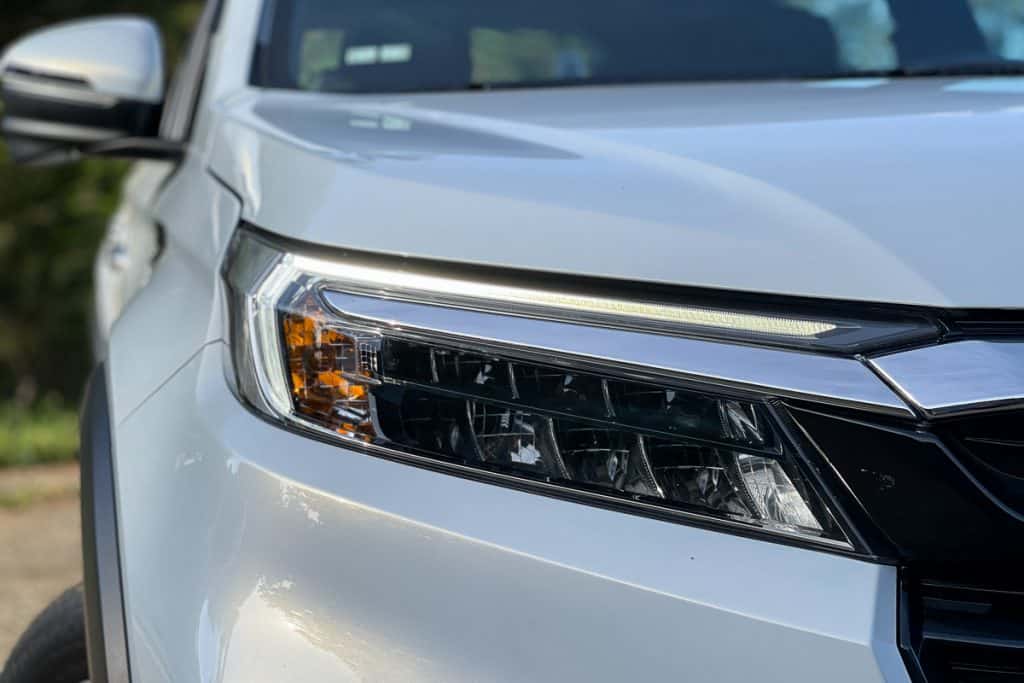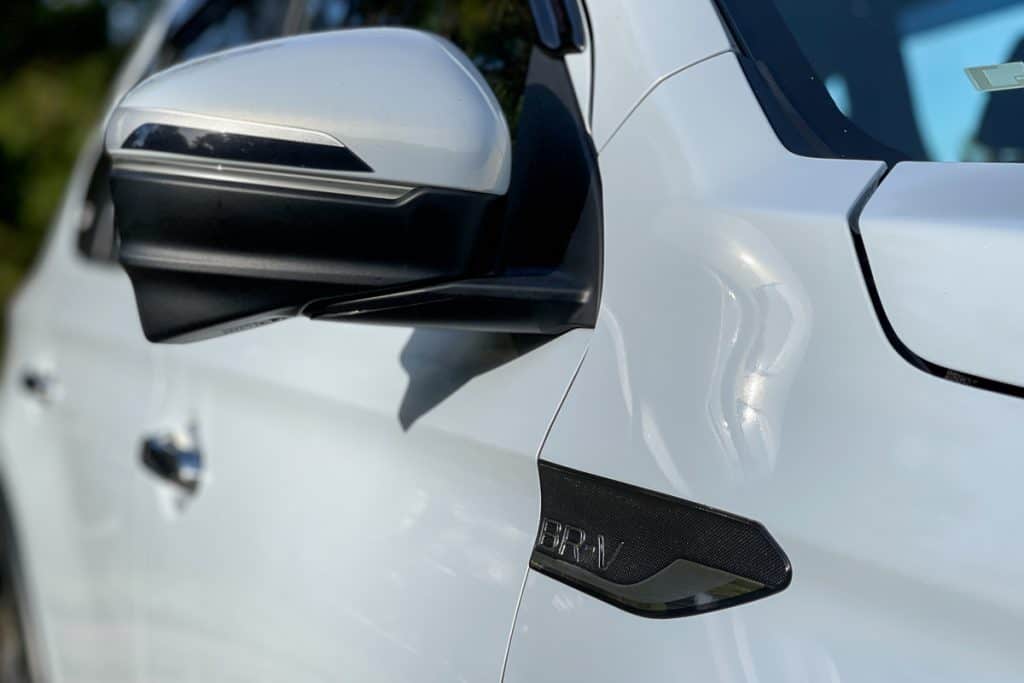The next-generation Honda BR-V is here, and Honda Cars Philippines, Inc. (HCPI) has already given us a taste of what the SUV-looking MPV was like in the metal. More importantly, the company also hosted a drive with the members of the media all the way to Baguio, the so-called “Summer Capital of the Philippines.”
Why Baguio? Well, we were not exactly sure but the first thing that came to mind was that Honda wants us to answer an age-old question among Filipino buyers: “Kaya bang mag-Baguio niyan?”
Short answer? Yes. I mean, even the cheapest and smallest car you can buy right now, the Suzuki S-Presso, can surely conquer the steepest and tightest winding roads in the Philippines. My cousin, who bikes for leisure, has already reached Baguio with leg power.
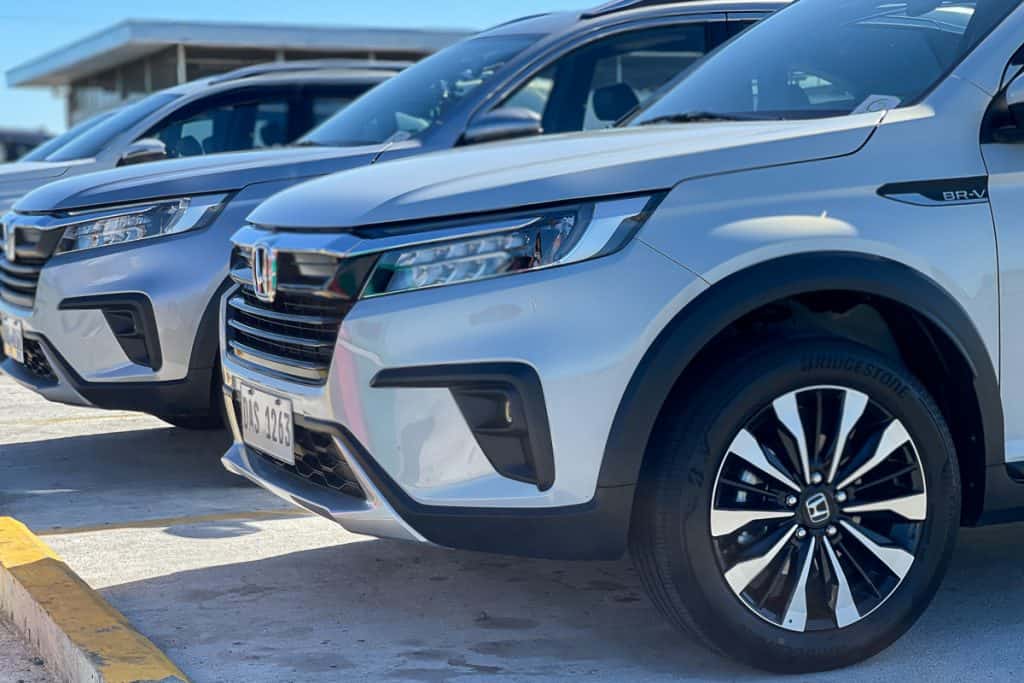
Perhaps the real question and most compelling is: Can the Honda BR-V reach Baguio effortlessly and efficiently?
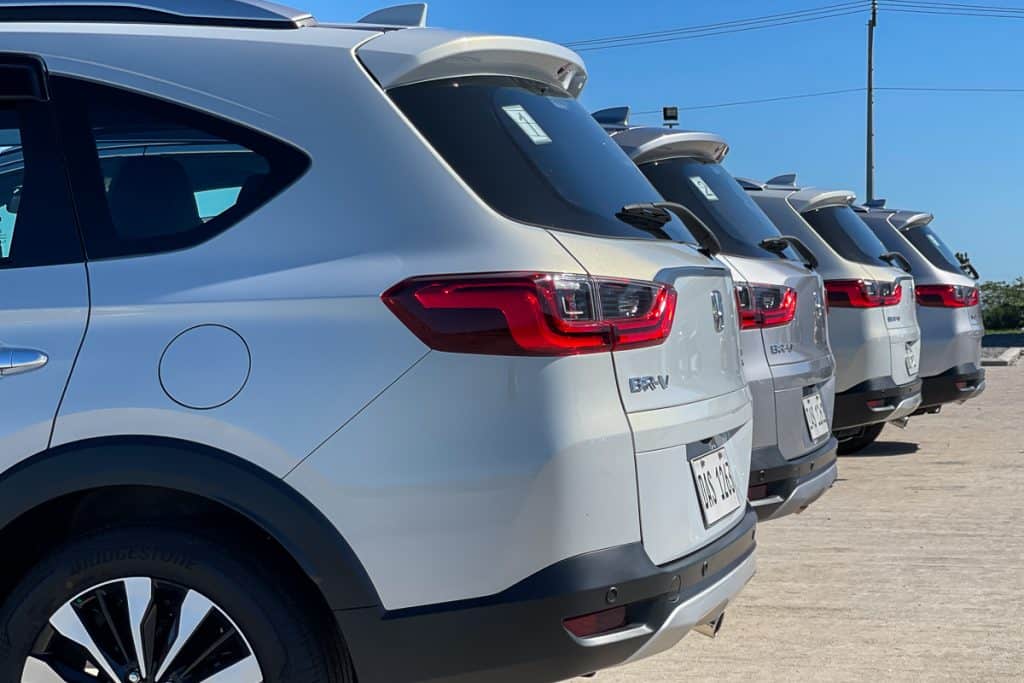
After over 270 kilometers of being a driver and a passenger, here are the things I like about the Honda BR-V, along with the things that can be improved to make it a better vehicle. This should give you an insight of how the BR-V performed in our quest to conquer the City of Pines.
PROs
Design
On that long drive, we get to spend some time staring at the other BR-Vs in our media convoy while on the road. The best way to describe the next-gen model is that it’s much more mature-looking than before, and it actually looked like an SUV rather than a spruced-up MPV. Even better, the BR-V looks the same across the range, so that’s a plus if you’re not aiming for the top-spec VX variant.
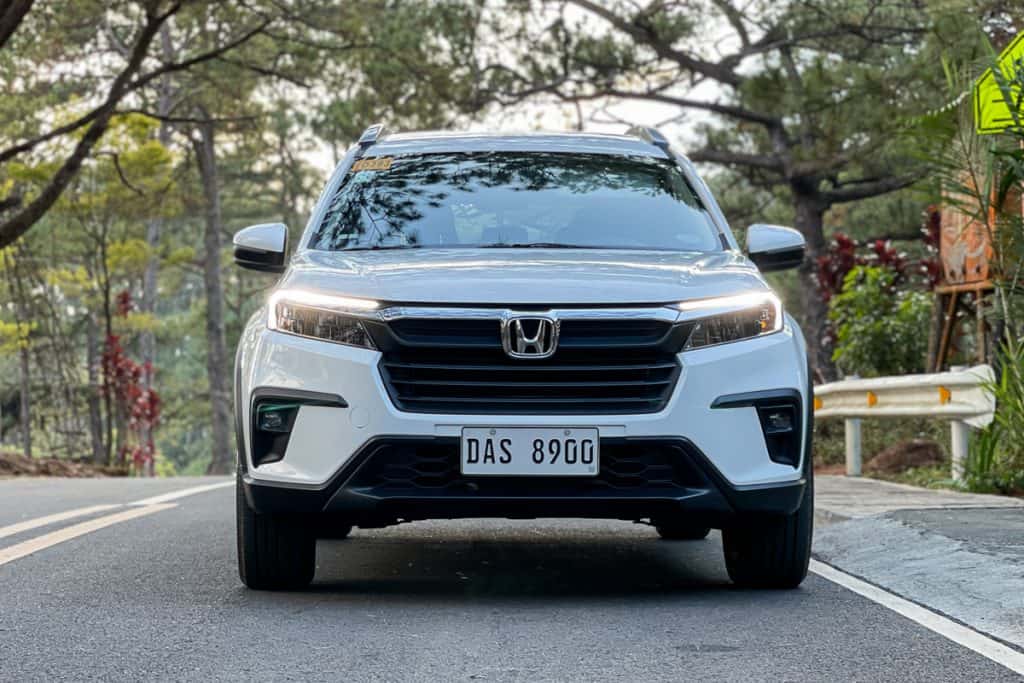
For those in the market for an SUV but still on the fence of actually owning a real one, this is a great starting point.
Honda SENSING
I’m a fan of the cruise control feature. Do you know what’s better? Adaptive cruise control, and the Honda BR-V has that along with other features included in Honda SENSING.
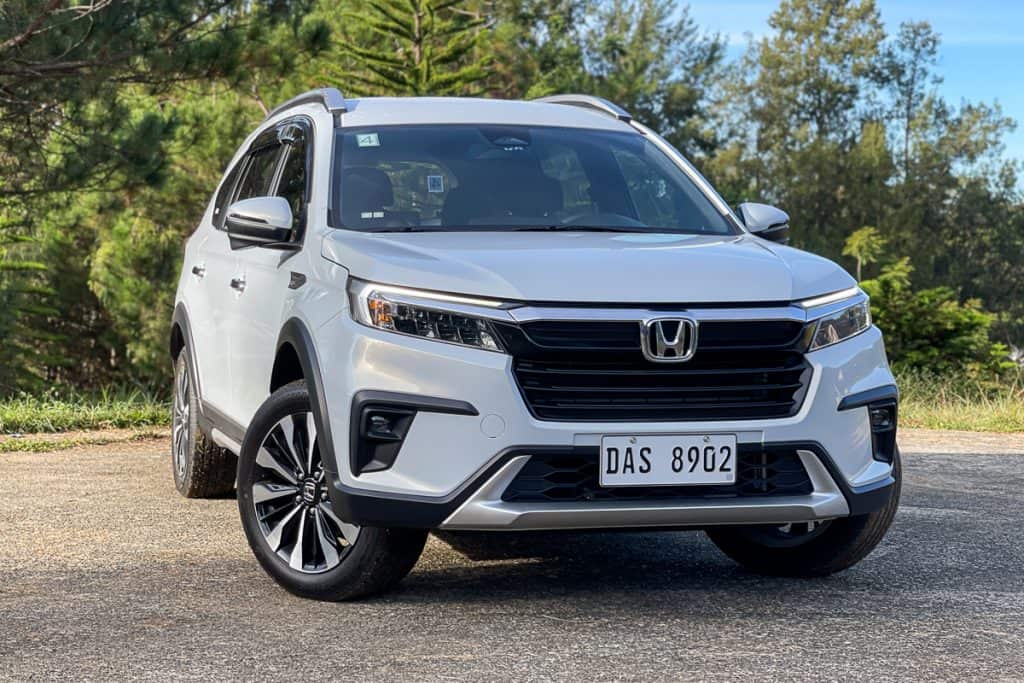
The convenience of having adaptive cruise control was made apparent during the highway stint of our drive as I didn’t need to step on the accelerator the entire time. The system accelerated and slowed the vehicle for the driver, which was very convenient especially if you’re on the highway for hours, such as in our case.
The Honda SENSING package also came with Lane Keep Assist, which was a safety feature that will keep the vehicle within the marked lanes of the highway. That was pretty cool, if you ask me.
Handling
Our route to Baguio wasn’t the usual. We went through La Union and Asin Road instead of the typical Kennon Road route. The twisties of Asin Road weren’t as steep as Kennon, but it was tighter and narrower, the perfect place to test a vehicle’s handling.
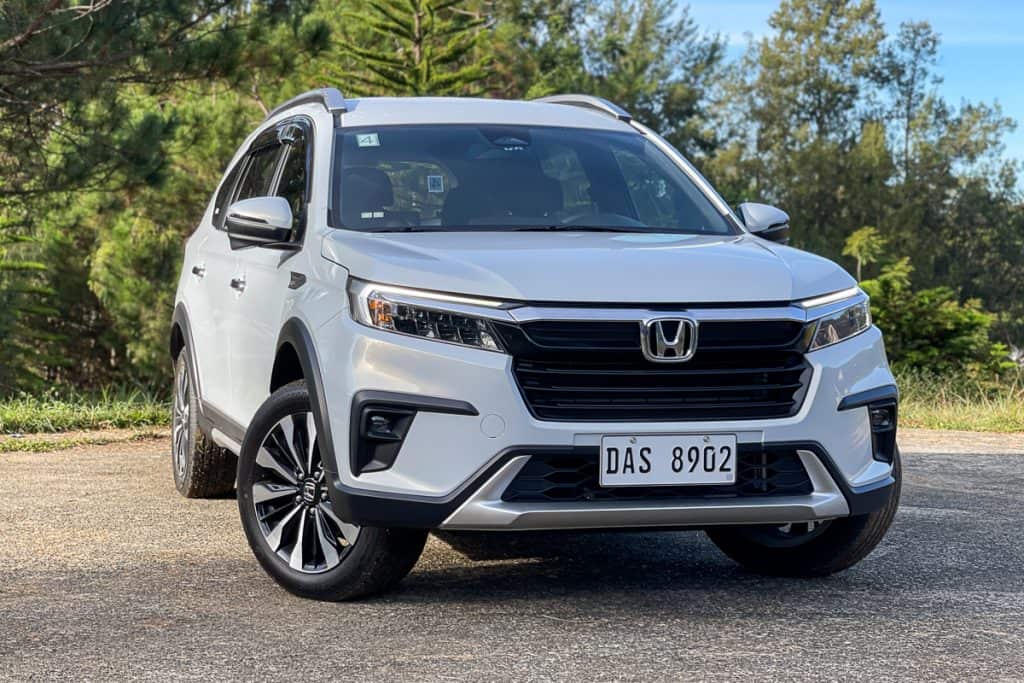
In our tests, the BR-V performed brilliantly. It wasn’t as nimble and planted as low-slung cars but as a relatively long-wheelbase family hauler, the BR-V could attack corners with composure.
Fuel efficiency
After the long drive to Camp John Hay, the Honda BR-V displayed 13 km/L on its trip computer. Four people were aboard our BR-V along with luggage and travel necessities, while our route consisted of hundreds of kilometers of highway driving, a challenging stint at Asin that required more gas than usual, and provincial sprints that needed harder acceleration.
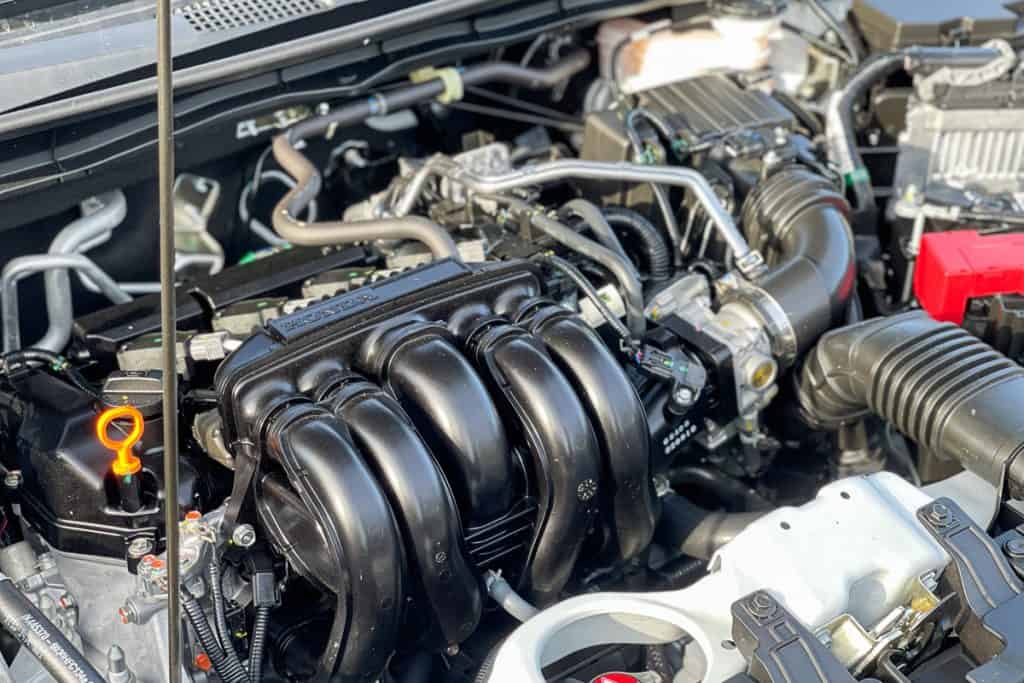
Considering all those things I’ve mentioned, 13 km/L was actually impressive.
Connectivity
For long drives, onboard entertainment is essential, especially when you’re traveling with kids.
Our BR-V had four drivers aboard, so we have to share driving duties with each other. That said, I appreciate the seamless connectivity of Apple CarPlay as the one controlling onboard entertainment changed depending on who’s sitting shotgun.
Interior space & comfort
For a small seven-seater, the Honda BR-V was surprisingly spacious inside and the air-conditioning worked well (as with most brand-new cars), which contributed positively to traveling comfort. The second row can accommodate two full-grown adults (one being a bit on the heavy side: myself), and I can tell you, dozing off while on the road was relatively instant.
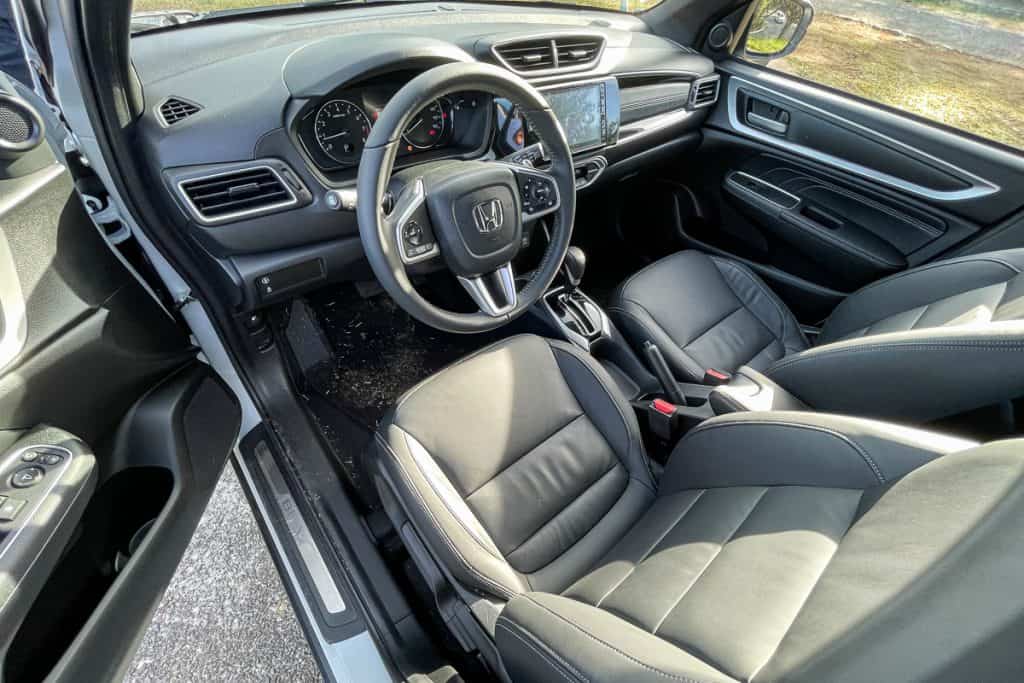
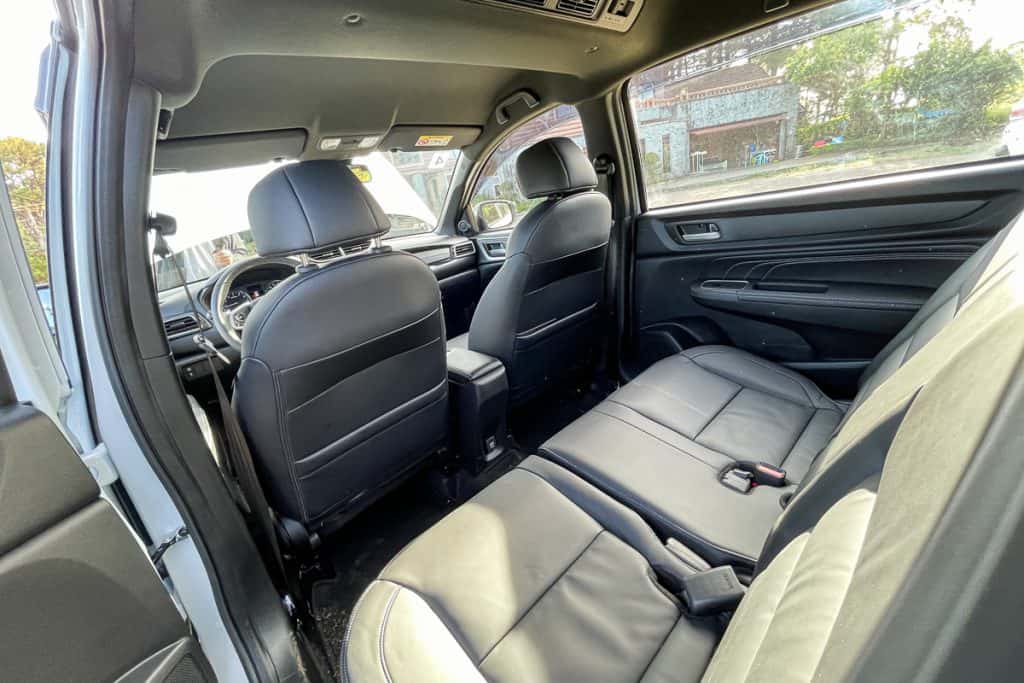
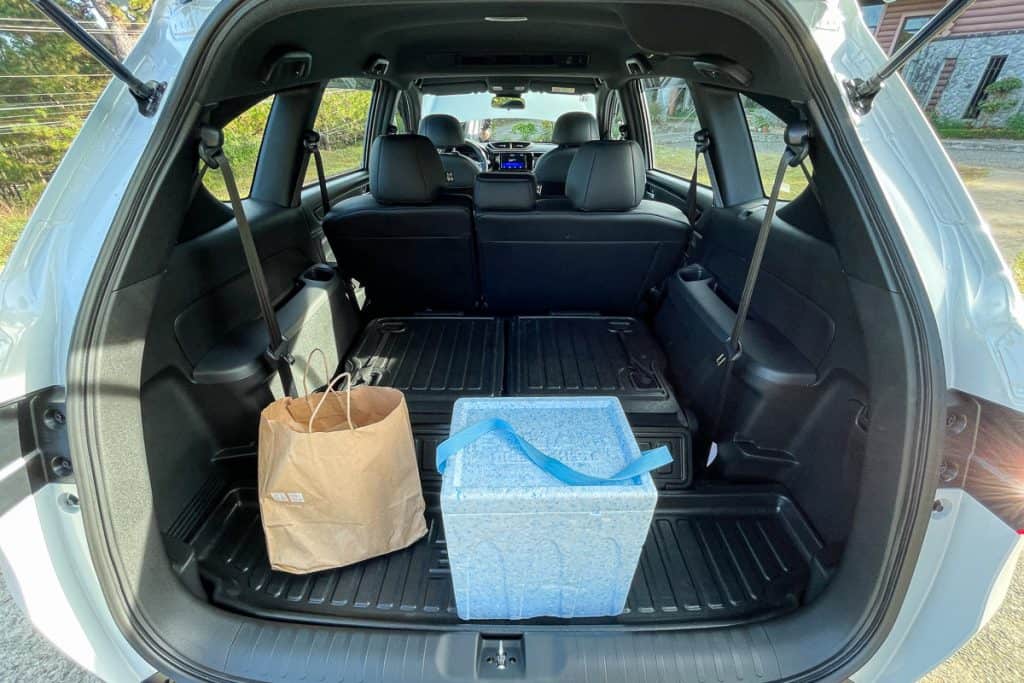
It would have been all great in terms of comfort if not for one thing, which brings us to the things that can be improved on the Honda BR-V.
CONs
Noise/sound insulation
One thing I observed while inside the BR-V was that wind and tire noise was substantially apparent, especially at highway speeds. The engine revs were also heard in a great deal during hard acceleration. This can be bothersome for some people, so a little more noise insulation could greatly elevate the BR-V’s ride comfort further.
Transmission
The Honda BR-V is powered by a naturally aspirated 1.5-liter DOHC engine – a revamped version of the outgoing model. With 119 horses and 145Nm on tap, the BR-V was by no means underpowered. In fact, it’s at the top of its class.

But remember its tendency to be fuel-efficient? That can be attributed to its continuously variable transmission (CVT), which, in the case of the BR-V, was programmed to prioritize fuel efficiency over performance.
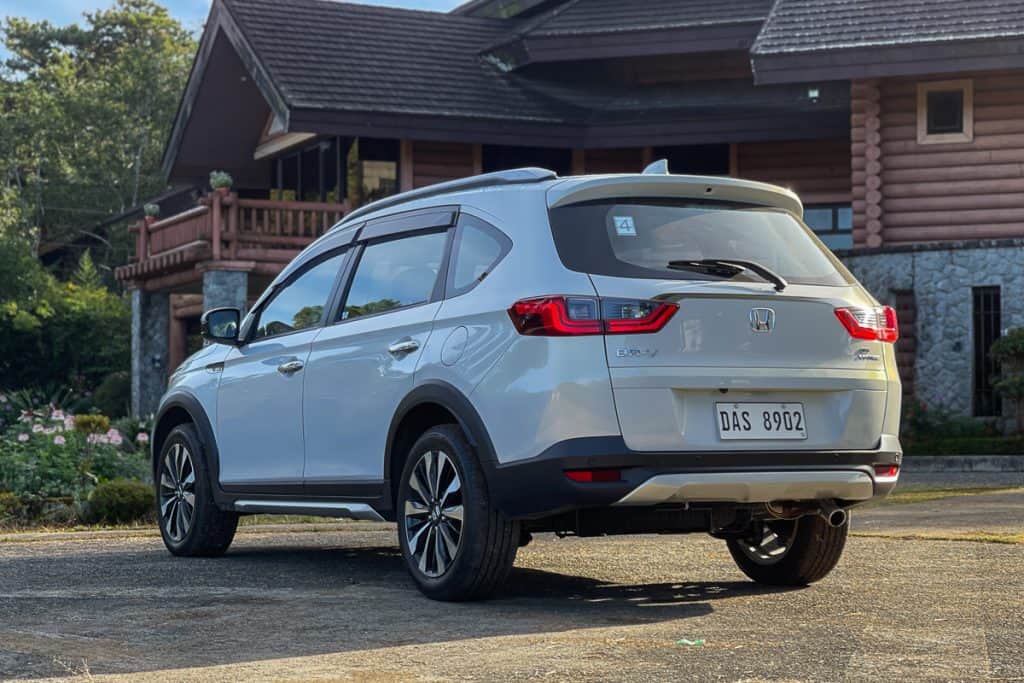
That said, there were moments when the BR-V had to work harder when there was a demand for power. This can be solved by using the S mode at the expense of sipping more fuel and louder engine noise.
Pricing
The Honda BR-V’s starting price is P1,090,000 and ceilings at P1,390,000 if you’re opting for the top-spec VX variant with Honda SENSING.
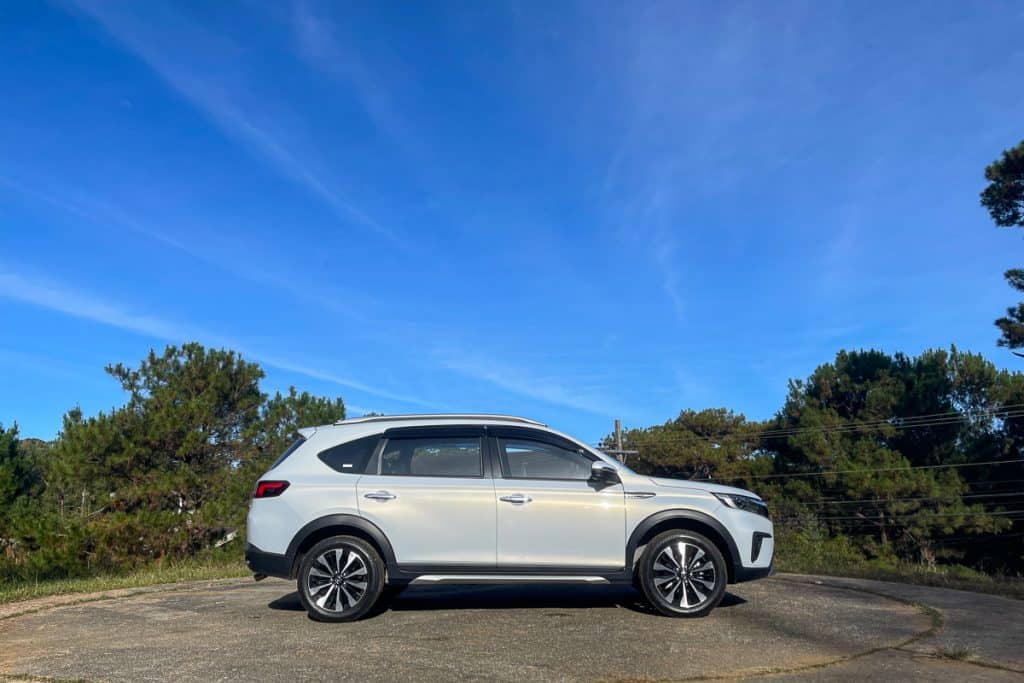
Considering its rivals like the Toyota Avanza/Veloz and Mitsubishi Xpander Cross, the BR-V is on the pricier side. But then again, that’s the price to pay for a safer and more convenient drive through the Honda SENSING, so that’s something that you can also consider.


